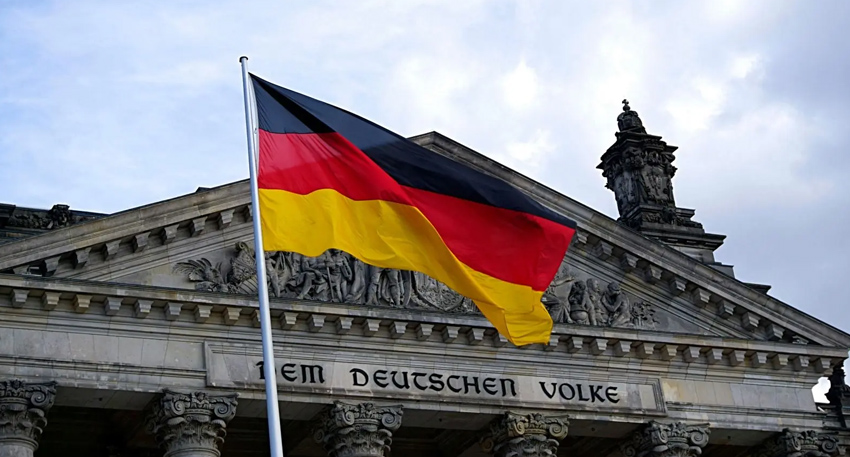
The data from the Pakistan Bureau of Statistics (PBS) has raised questions about shifting trends in consumer demand and government policy.
According to PBS data, mobile phone imports stood at $1.356 billion from July to May (2024–25), compared to $1.620 billion in the same period last year — a significant decline that reflects changing dynamics in the telecom and tech sectors.
The drop was even more striking on a yearly basis. In May 2025 alone, mobile imports fell by 35.83 percent, plunging to $101.131 million, down from $157.592 million recorded in May 2024.
Monthly figures also showed a downturn. Compared to April 2025, when imports were $125.103 million, May 2025 saw a further 19.61 percent decline in imports. Experts suggest this could be tied to tighter import controls, rising dollar rates, or declining purchasing power.
Interestingly, while mobile phone imports are declining, Pakistan’s overall exports witnessed a 5.15 percent increase in the same eleven-month period. Exports reached $29.564 billion during July–May (2024–25), compared to $28.117 billion in the corresponding period of the previous fiscal year.
At the same time, overall imports rose by 7.50 percent, jumping from $49.815 billion last year to $53.550 billion in the current fiscal period — highlighting a growing trade imbalance despite rising export volumes.
Read more: Apple likely to launch iPhone 17 series in Pakistan soon
The dramatic fall in mobile phone imports may indicate more than just policy control — it could reflect reduced consumer affordability, a shift towards locally assembled devices, or delays caused by import restrictions.
Meanwhile, the simultaneous rise in both exports and imports shows a more complex economic picture, where certain sectors are performing well while others face headwinds. Policymakers will need to assess whether this trend signals sustainable growth or temporary fluctuations influenced by inflation, exchange rates, and global supply chains.




